From Time Out (London), October 11-17, 1974. –- J.R.
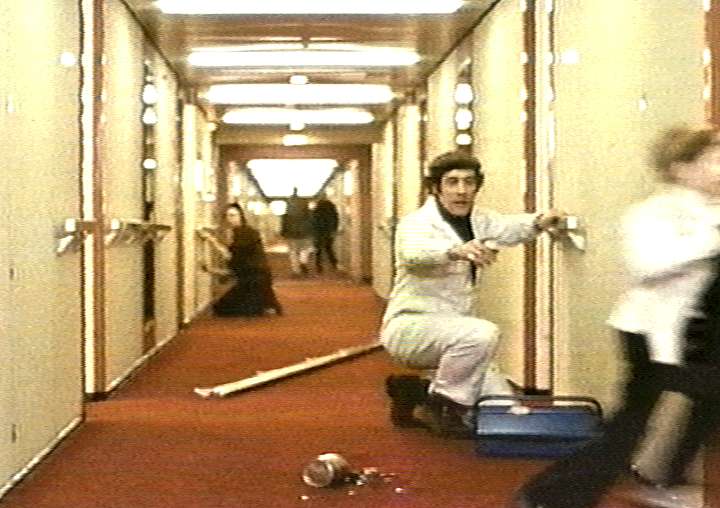
Up to now, Richard Lester has been in the habit of either attacking genres (‘How I Won the War’) or mixing them (‘A Funny Thing Happened on the Way to the Forum,’ ‘The Three Musketeers’ –- in the case of ‘A Hard Day’s Night,’ virtually inventing a new genre out of the mixture). In ‘Juggernaut’, a commercial job with relatively modest pretensions, he is simply conforming to a genre -– the Ocean Liner catastrophe –- and comes up with a better-crafted version of ‘The Poseidon Adventure’, complete with multiple subplots and cornball heroics, but with smoother acting and sharper direction. The potential catastrophe is seven steel drums of amatol timed to go off and destroy 1200 passengers unless a ransom is delivered to the mysterious Juggernaut. Using such varied ingredients as the flamboyance of Richard Harris, the stolid inexpressiveness of Omar Sharif and the usual carrying on of Roy Kinnear, Lester milks the situation for all the suspense that can be expected and then some, pushing a few arch gags into the remaining cracks. The results: mindless entertainment of the first order, at least in the Ocean Liner Catastrophe cycle. Read more
From the Chicago Reader (May 1, 1998). — J.R.
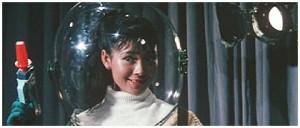
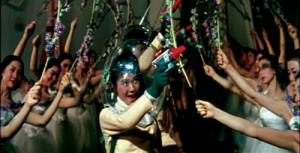
Yasuzo Masumura (1924-1986) tended to alter his visual style with every film, according to the needs of the story; this 1958 effort is a heavy-duty satire about three competing candy companies trying to outdo one another’s promotional campaigns, and its garish and ugly color photography seems just as functional and deliberate as the beautiful black and white of A False Student and Red Angel. Against a backdrop of hysterical competition and industrial espionage, a slum girl with bad teeth is discovered and transformed into a mascot for one of the candy companies by a cynical porn photographer. The film has rightly been compared to some of Frank Tashlin’s pop-culture comedies, made in Hollywood around the same time, and though it’s probably less funny than Tashlin at his best, its anger is more savage and leaves a more corrosive aftertaste; the apocalyptic ending, for that matter, is worthy of Douglas Sirk. (JR)
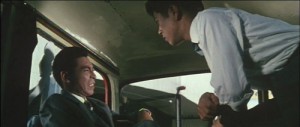
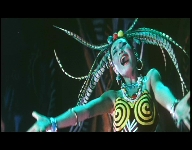 Read more
Read more
From Monthly Film Bulletin, October 1984 (Vol. 51, No. 609). This was published long after I left the MFB staff in early 1977, and by this time, over seven years later, the magazine had finally abandoned its highly dubious practice of restricting all its reviews to single paragraphs. –- J.R.

The Criminal Code
U.S.A.,1930
Director: Howard Hawks

Cert–A.dist—Filmfinders. p.c–Columbia. A Howard Hawk production. p–Harry Cohn. sc–Seton I. Miller, Fred Niblo Jnr. Based on the play by Martin Flavin. ph–Teddy Tezlaff, James [Wong] Howe, (uncredited) William O’Connell. ed–Edward Curtiss. a.d–Edward Jewell. m–(not credited). sd. rec–Glenn Rominger. l.p–Walter Huston (Warden Martin Brady), Phillips Holmes (Robert Graham), Constance Cummings (Mary Brady), Mary Doran (Gertrude Williams), De Witt Jennings (Gleason), John Sheehan (MacManus), Boris Karloff (Galloway), Otto Hoffman (Jim Fales), Clark Marshall (Runch), Ethel Wales (Katie), lohn St. Polis (Dr. Rincwulf), Paul Porcassi (Spelvin), Hugh Walker (Lew), Andy Devine (Prisoner), Jack Vance (Reporter), Arthur Hoyt (Nettleford), Nicholas Soussanin, James Guilfoyle, Lee Phelps. 3,245 ft.n90 mins. (16 mm.) Original running time–97 mins. Read more







